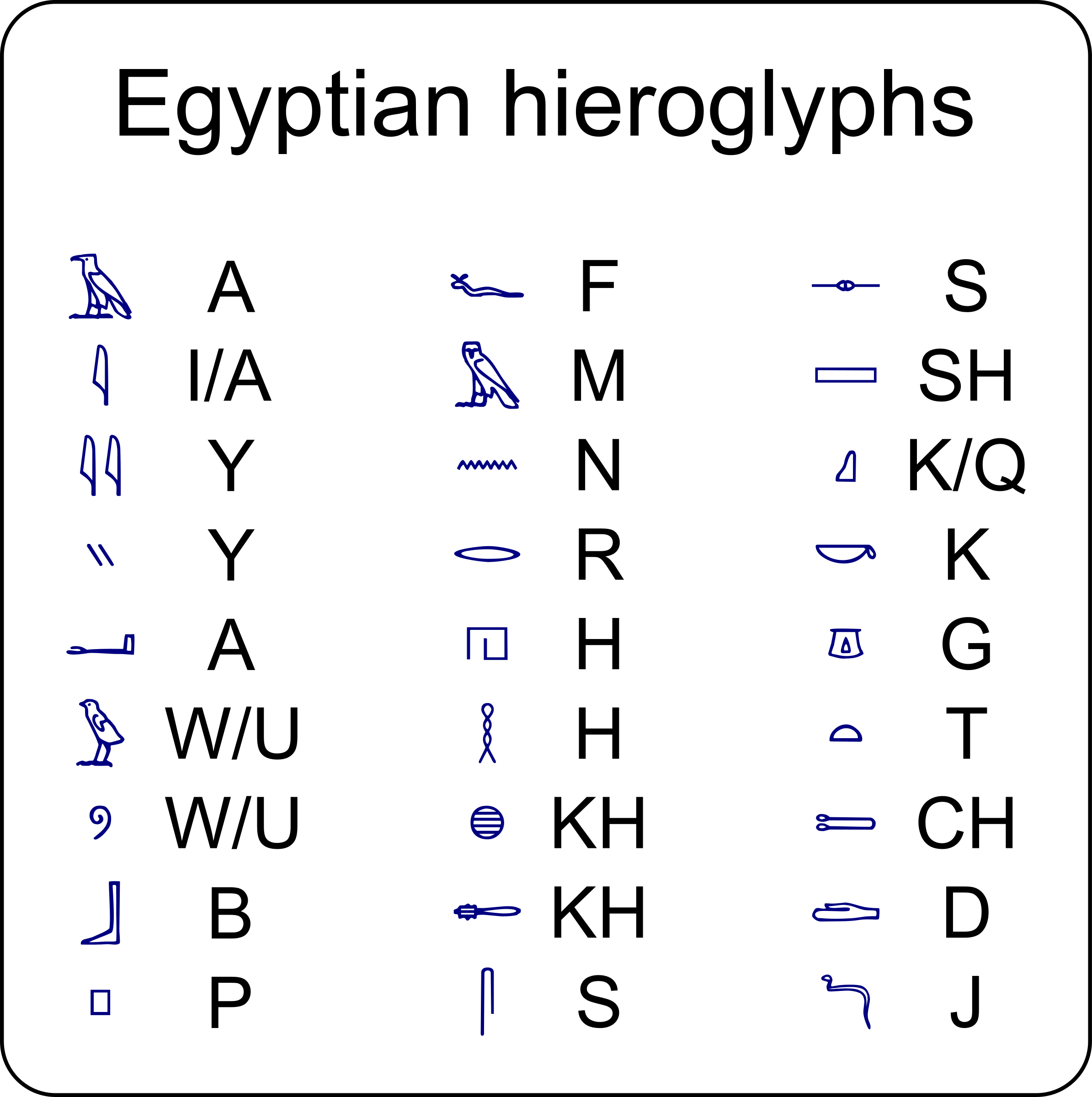
Ancient Egypt is famous for its hieroglyphics writing system, which dates back to around 3100 BCE. This system of writing was used for thousands of years, and it was only deciphered in the 19th century. The hieroglyphics writing system was used for religious texts, official documents, and personal letters, and it was an important part of Ancient Egyptian culture. In this article, we will discuss the translation of Ancient Egypt writing and how it was done.
The Rosetta Stone

The Rosetta Stone is a key piece in the translation of Ancient Egypt writing. It is a granodiorite stele, inscribed with a decree issued at Memphis in 196 BCE on behalf of King Ptolemy V. The decree appears in three scripts: Ancient Greek, Egyptian hieroglyphs, and Demotic script. The discovery of the Rosetta Stone in 1799 was a breakthrough in the study of Ancient Egypt writing, as it provided a way to compare the three scripts and decipher hieroglyphics.
Champollion and the Decipherment of Hieroglyphics
The French scholar Jean-Francois Champollion is credited with deciphering hieroglyphics using the Rosetta Stone. Champollion was able to identify several hieroglyphs that corresponded to Greek letters and used this knowledge to decipher the rest of the script. He published his findings in 1822, and his work became the foundation of the study of Ancient Egypt writing.
The Hieratic and Demotic Scripts

Ancient Egypt writing was not only written in hieroglyphics, but also in hieratic and demotic scripts. Hieratic script was a cursive form of hieroglyphics that was used for religious texts, while demotic script was a more simplified form of writing that was used for everyday documents. These scripts were also deciphered using the Rosetta Stone, and they provided insight into the everyday life of Ancient Egyptians.
The Book of the Dead
The Book of the Dead is a collection of spells and prayers that were used in Ancient Egypt to guide the deceased through the afterlife. It was written in hieroglyphics and hieratic script, and it is one of the most famous Ancient Egypt writing works. The Book of the Dead was not translated until the 19th century, and it provided a wealth of information about Ancient Egyptian beliefs and culture.
The Importance of Ancient Egypt Writing Translation

The translation of Ancient Egypt writing is important for understanding the culture and history of Ancient Egypt. It provides insight into the religion, mythology, and daily life of the Ancient Egyptians. The decipherment of hieroglyphics was a major breakthrough in the study of Ancient Egypt, and it opened up a whole new field of study.
Conclusion
The translation of Ancient Egypt writing is an ongoing process, and new discoveries are still being made today. The study of Ancient Egypt writing has provided a window into the past, and it has helped us to better understand the culture and history of one of the greatest civilizations in human history.